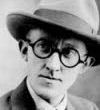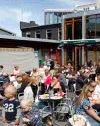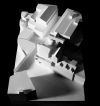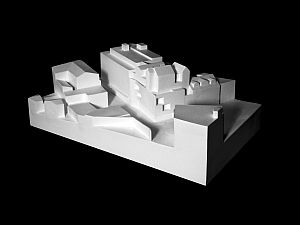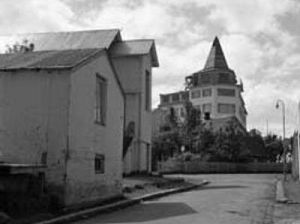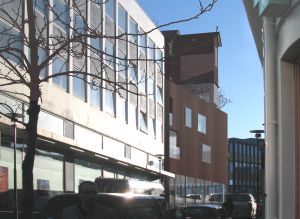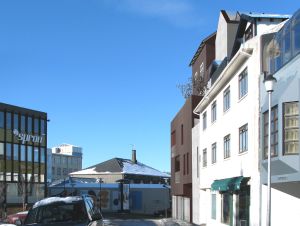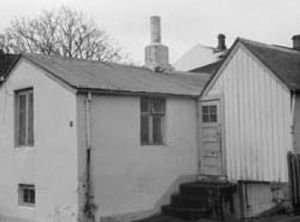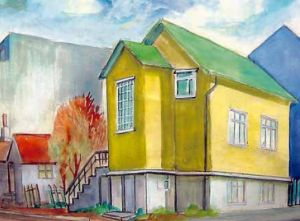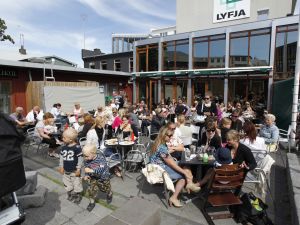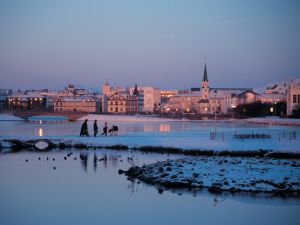AN ARTIST EMERGES - KJARVAL
Early in the 20th century the family in Vegamótastígur 9 had two lodgers, young men, that later turned out to be national treasures among artists, the painter Jóhannes Sveinsson (1909-1911) and Halldór Guðjónsson from Laxnes (1914-1916). One can read abouth their time in the house in their biographies and own writings, in a letter 1953 from Jóhannes to his mentor and master, Ásgrímur Jónsson, who gave him his first formal lessons in painting by visiting him in the house and Halldór Laxness‘ Sjömeistarasaga memoirs from 1978.
Johannes S. Kjarval (1885-1972) holds a special place in Icelandic art history and culture as one of the most highly regarded artist of the nation. He was a living legend and by many considered the ultimate romantic bohemian artist. His roots lay in the old Icelandic rural community, but his life and art are tightly bound to the cultural awakening of the nation in the first half of the 20th century. Kjarval is famous for his interpretation of Icelandic nature. He captured the beauty and the mystical quality of the land.
Born in poverty, he was adopted and as a young man worked as a fisherman. However, he spent every spare time drawing and painting and managed to learn basics from artist Ásgrímur Jónsson. At age 27, after a year's stay in London and with financial support from fishermen and the Icelandic Confederation of Labour, he passed an entrance examination and was admitted to the Royal Danish Art Academy for higher education in the arts where he completed his studies. During the Copenhagen years he became acquainted with various styles including impressionism, expressionism and cubism but he also became an accomplished draughtsman, possibly one of the finest Iceland ever had.
Kjarval was a prolific painter, leaving thousands of drawings and paintings after a long life. The paintings vary greatly in style and frequently mix different styles into a very personal style. His work includes expressionist, abstract, cubist, landscape and portrait paintings and drawings - and his "style promiscuity" was highly original as the man himself was. He was a highly original modernizer of his time and still remains quite unique among Icelandic and world painters. A museum, Kjarvalsstaðir, a division of the Reykjavik Art Museum, is dedicated to Kjarval´s work. Source and further reading: artmuseum.is.


